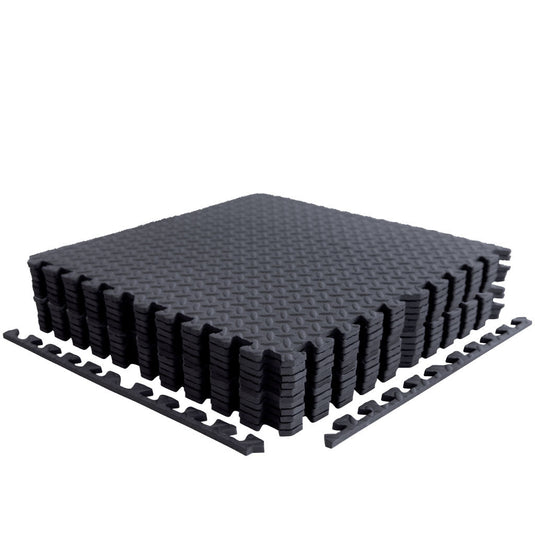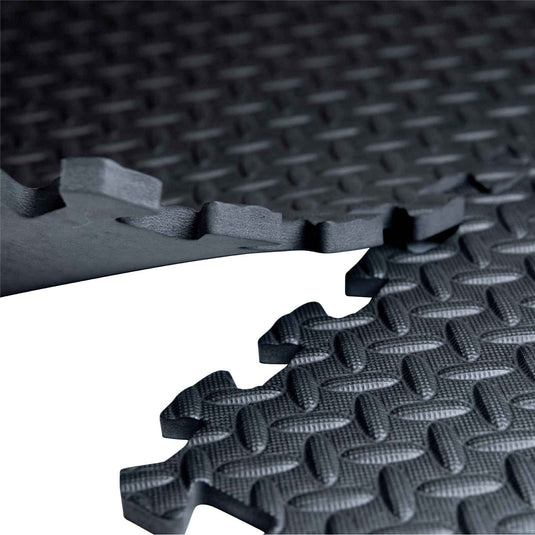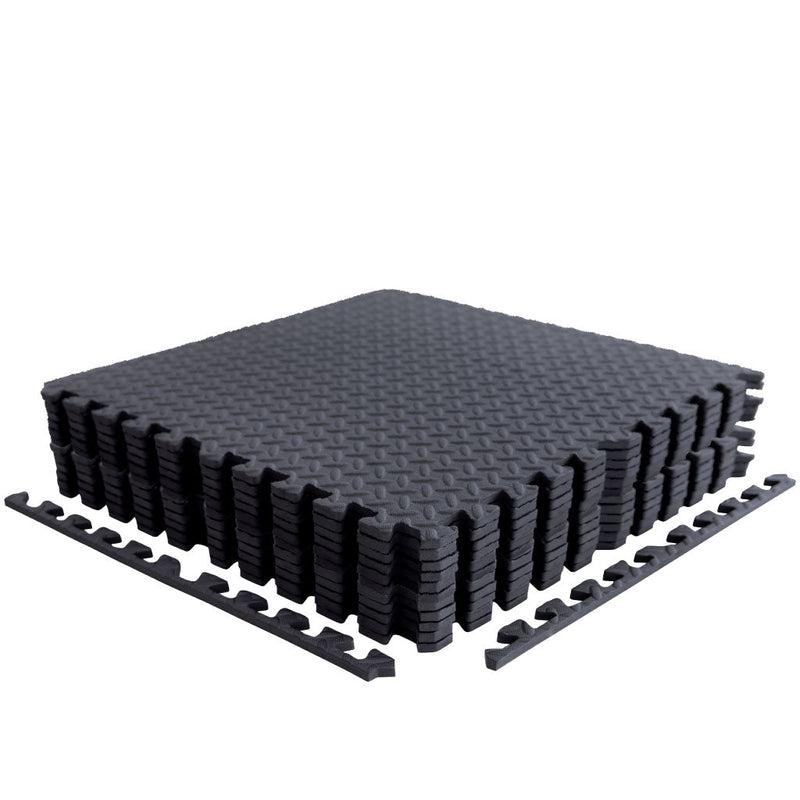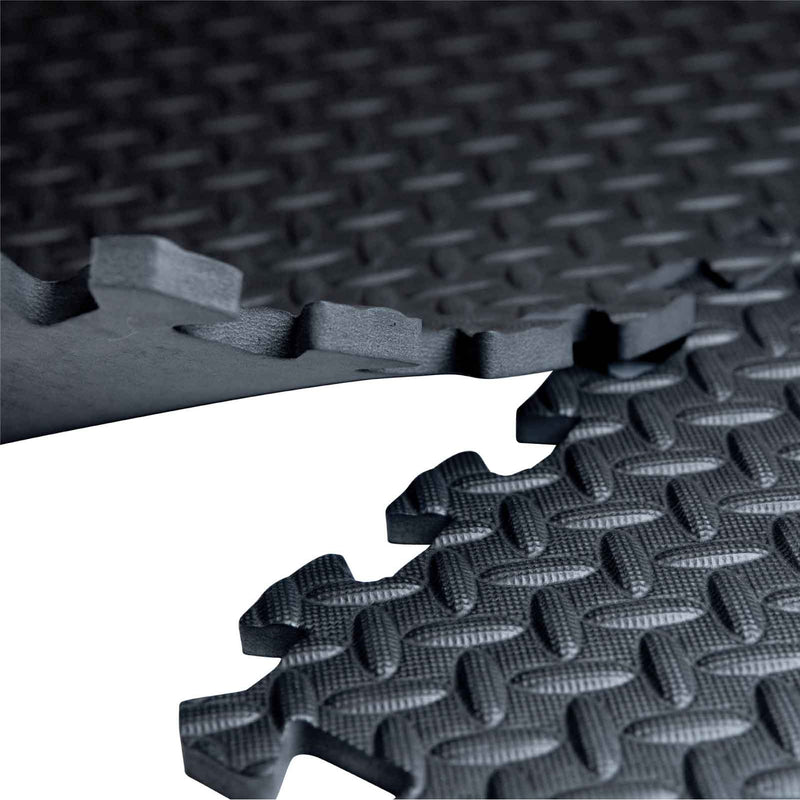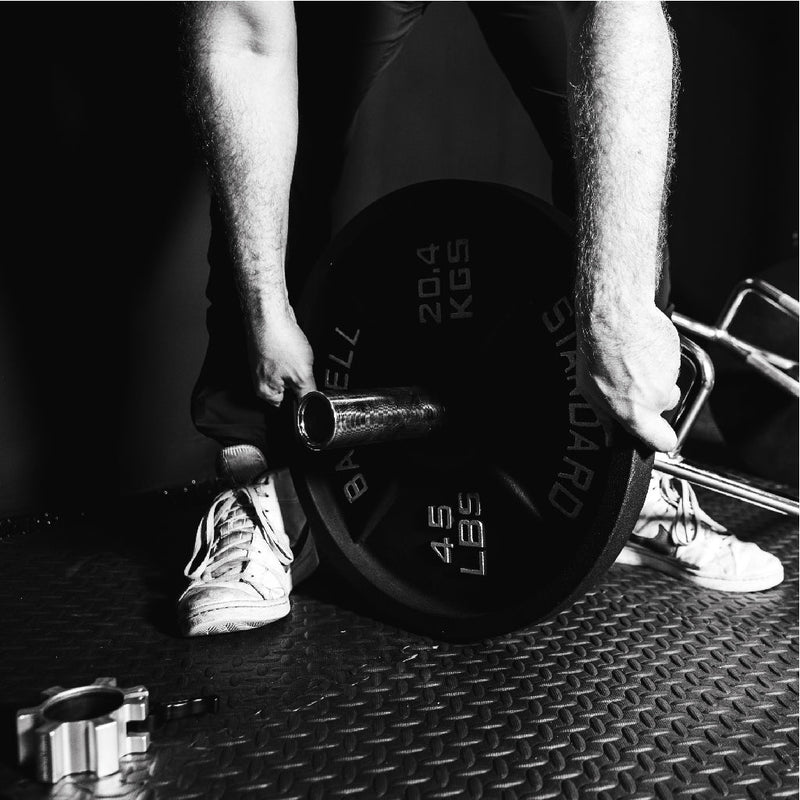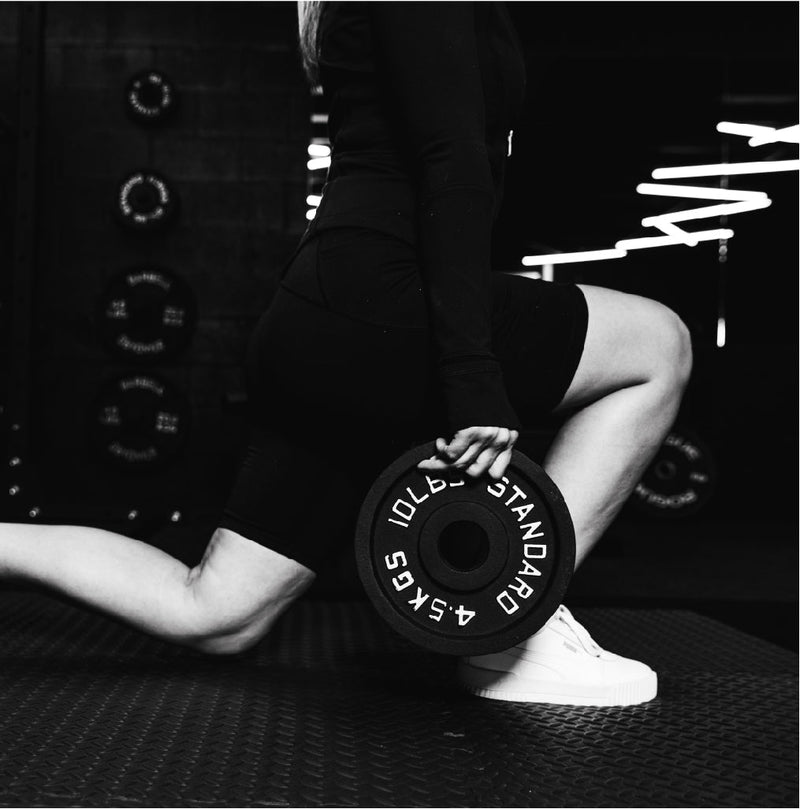All purchases accumulate points which be can used to redeem for discounts on all items in our rewards collection. Enroll or view your current rewards balance here.
- Earn 40 points for every $1 spent equaling 5% cash back
Selected page contains no content. Add content to this page in the page editor.
All purchases accumulate points which be can used to redeem for discounts on all items in our rewards collection. Enroll or view your current rewards balance here.
- Earn 40 points for every $1 spent equaling 5% cash back

Living.Fit Rewards
All purchases accumulate points which can be used to redeem for discounts on all items in our rewards collection.
- Earn 20 points for every $1 spent which can be redeemed for discounts on products in this section
Testimonials
🛡️ Why Shop Living.Fit?
Trusted by Thousands of Athletes, Trainers, and Home Gym Owners -- Earn Reward Points on All Purchases
Living.Fit is a leading source for premium fitness equipment and training programs. We’ve helped over 100,000 customers upgrade their workouts—from beginners setting up their first home gym to elite athletes optimizing their performance. When you shop with us, you're backed by:
Expert-Curated Gear – We only stock equipment that meets our standards for performance, durability, and safety.
Fast, Reliable Shipping – Most orders ship within 1–3 business days from U.S. warehouses.
Real Reviews from Real Lifters – Our customer reviews are 100% verified—see what others are saying.
Top-Rated Customer Support – Questions? Our U.S.-based support team is here to help you every step of the way.
Join the Living.Fit community and experience the difference.

All Purchases Get Never Ending Free Access to Our Workout App
Our programs are always growing and currently include customizable workouts:
- Dumbbells
- Bodyweight
- Resistance Bands
- Kettlebells
- Barbells
- Battle Ropes
- Slam Balls
- Workouts for Traveling
Access included in post purchase email.
Here is what one costumer said abut our app, "... I also really appreciate that you get access to their app completely free with your purchase, they're not trying to sell you on some BS upgrade, you don't see that kind of integrity from online shops these days! Thanks guys"

